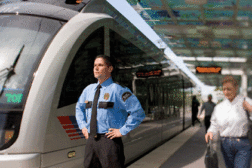Web Exclusive Stories
In-building mass notification without fire alarm upgrade headaches
Read More
High-Definition and Megapixel Resolution – What’s the Difference and Does it Matter?
High-Definition and Megapixel Resolution are Clearly Not the Same
May 24, 2011
TSA Privatization Talk Misses the Mark
There continues to be discussion over the technologies, procedures and screening professionals at airports. Here are perceptive observations of an executive from the inside.
May 24, 2011
Sign-up to receive top management & result-driven techniques in the industry.
Join over 20,000+ industry leaders who receive our premium content.
SIGN UP TODAY!Copyright ©2024. All Rights Reserved BNP Media.
Design, CMS, Hosting & Web Development :: ePublishing






